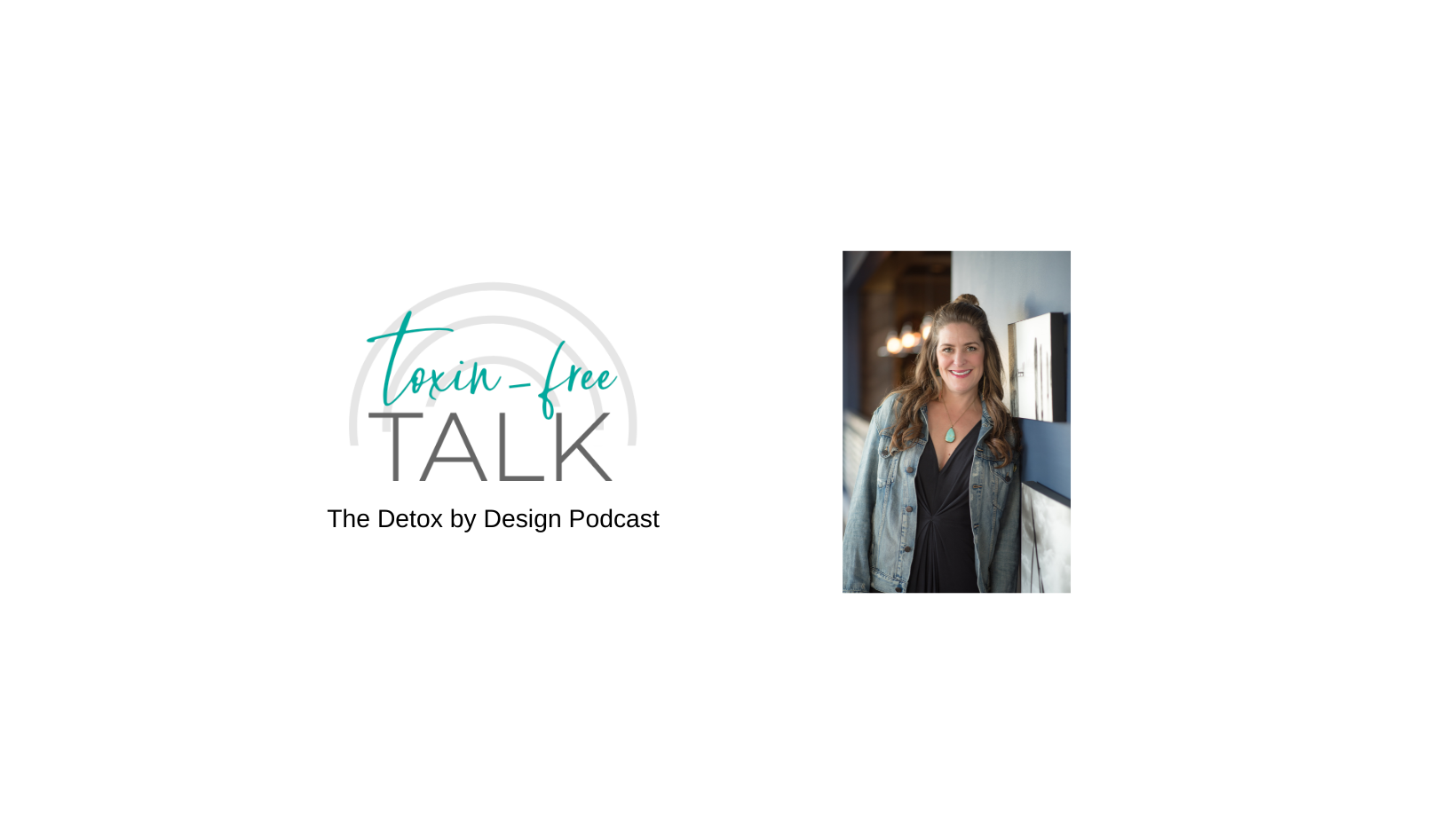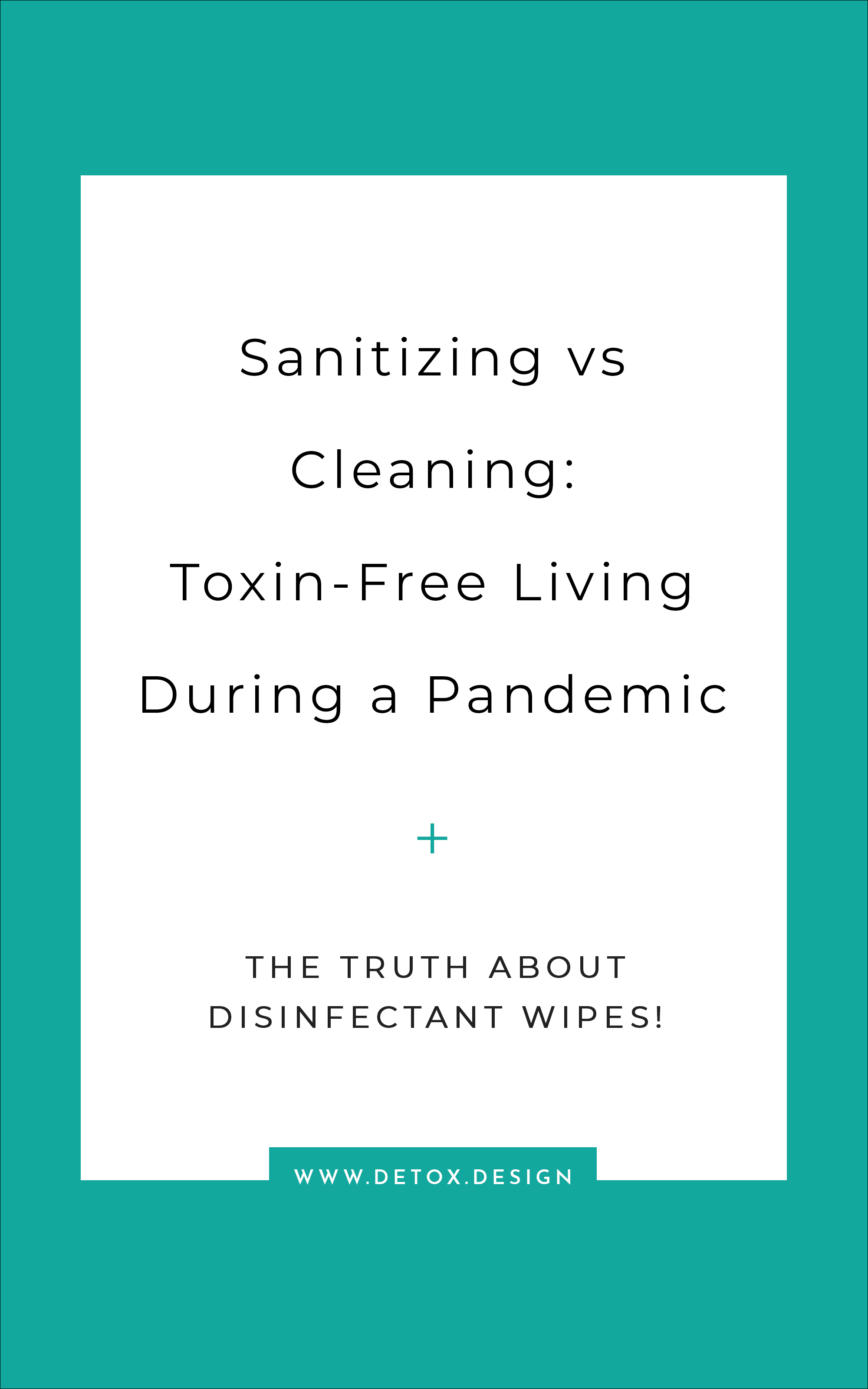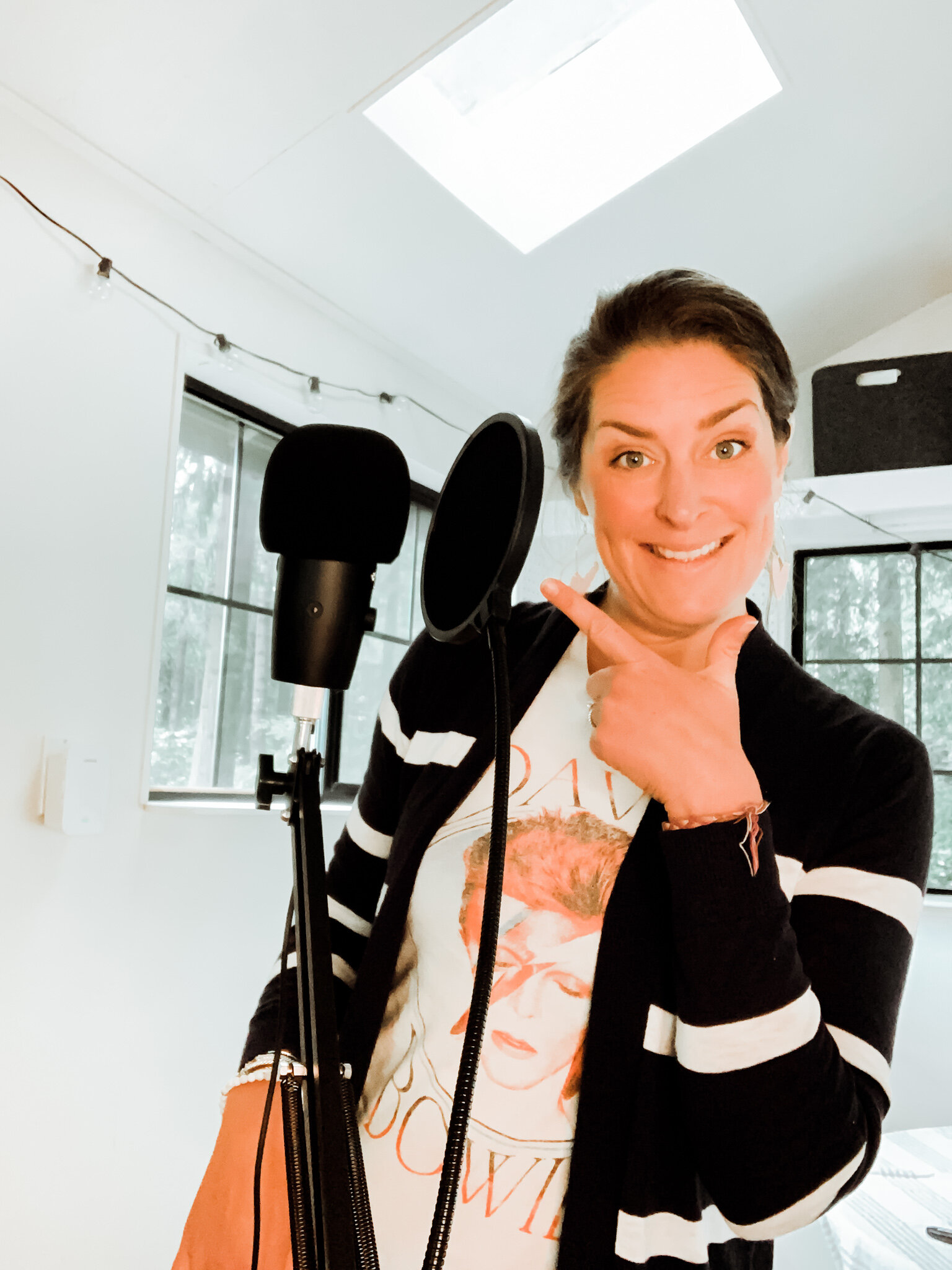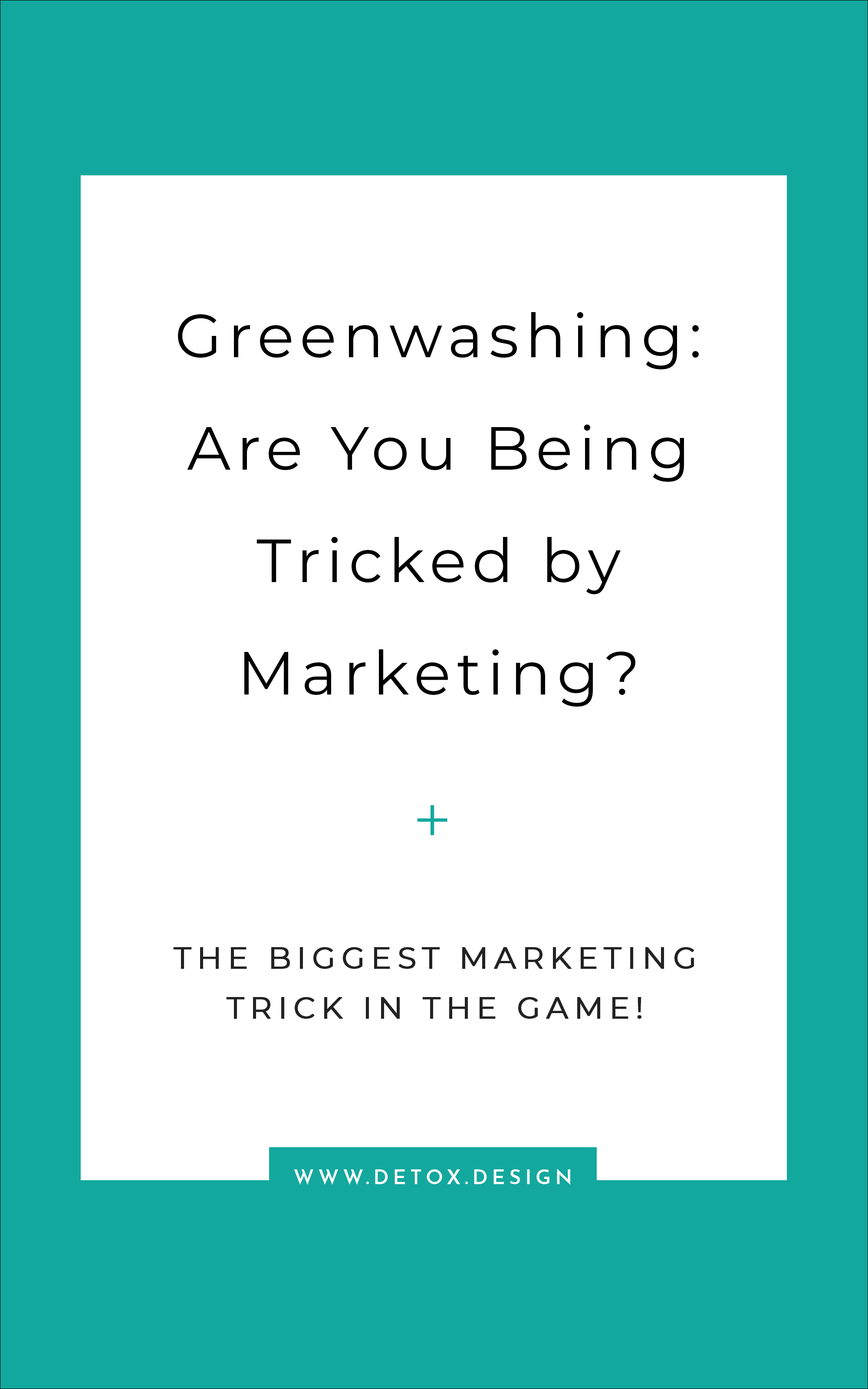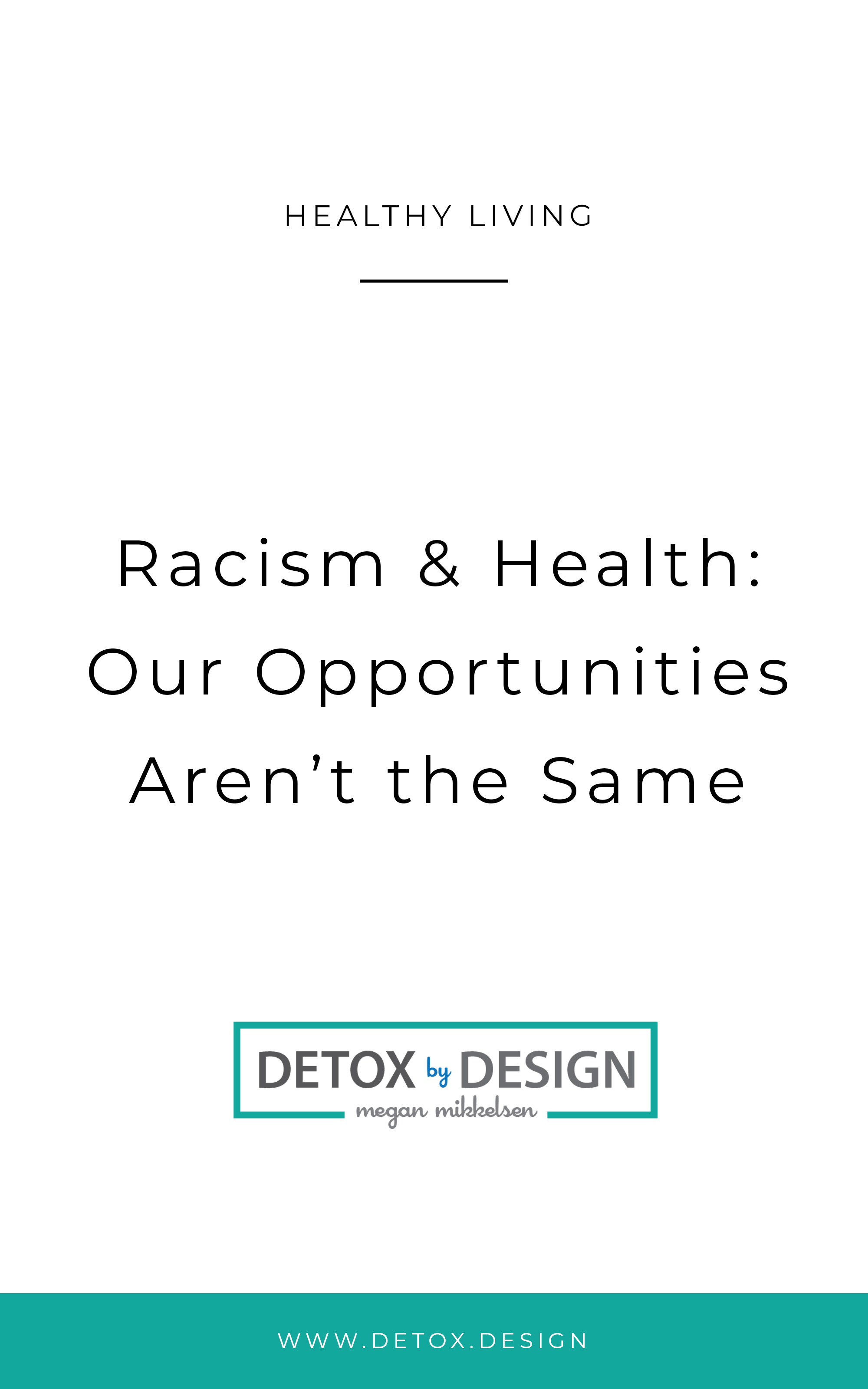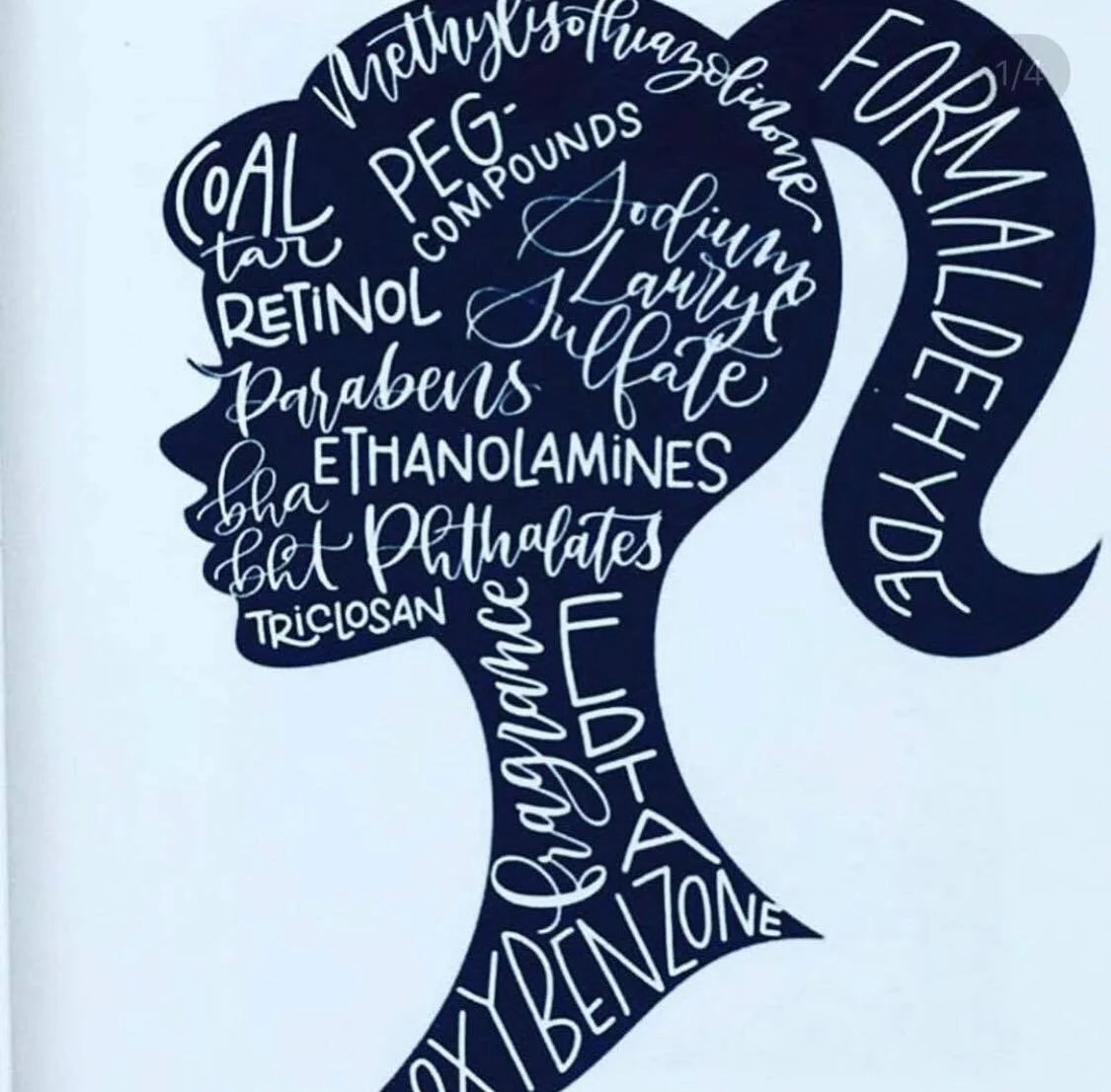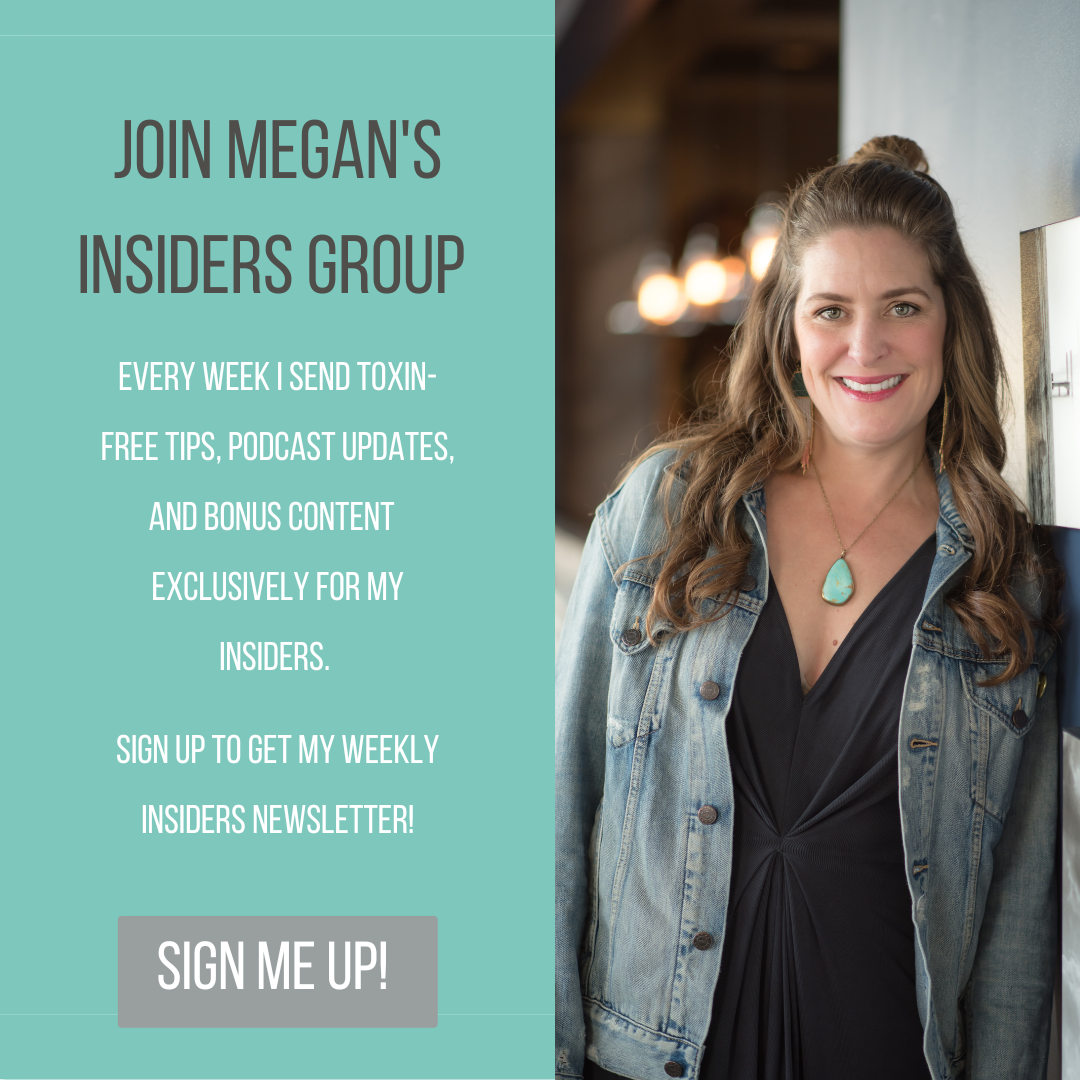The first time I ever heard the term “mindset” was when I was introduced to Dr. Carol Dweck’s book Mindset, The New Psychology of Success. Dweck’s research revealed two main mindsets, growth and fixed. Growth mindset being the belief that through effort and perseverance one’s skills and qualities can be cultivated and improved whereas fixed mindset centers on the belief that a person’s abilities are fixed and predetermined at birth.
This isn’t really about growth and fixed mindset, but learning about the growth mindset and Dweck’s work opened my eyes to the ida that our thoughts, emotions, and actions are all interconnected.
Mastering your Mindset for Happier and More Productive Days
I’ll be the first to admit that changing your mindset can be really hard. REALLY HARD! And when we go through struggles…like say everything that has happened during 2020…actively working to change your mindset can be even more difficult.
For me personally, the spring of 2020 was extremely difficult. I was working more hours than I have ever worked (working in public health in the middle of a public health crisis) while feeling like I was failing as a mom. I didn’t have the time to help my kids with virtual learning and I felt like I was failing both at home and work. Not fun.
There are a few actions that I’ve implemented that have really helped me hang on and make the best of each day instead of being disappointed and sad with the state of the world.
I encourage you to listen to the podcast as I describe in more detail why and how I practice these but in summary, my daily mindfulness practice includes:
Daily meditation using the Calm App
Affirmations - writing down the intentions and goals I have
Gratitude journaling - writing ten things I’m grateful for
I’m constantly reading personal development books. Some books that have helped me change my mindset include:
The Universe Has Your Back, Gabrielle Bernstein
You Are A Badass and You are A Badass at Making Money, Jen Sincero
The Attractor Factor, Dr. Joe Vitale
Big Magic, Elizabeth Gilbert

